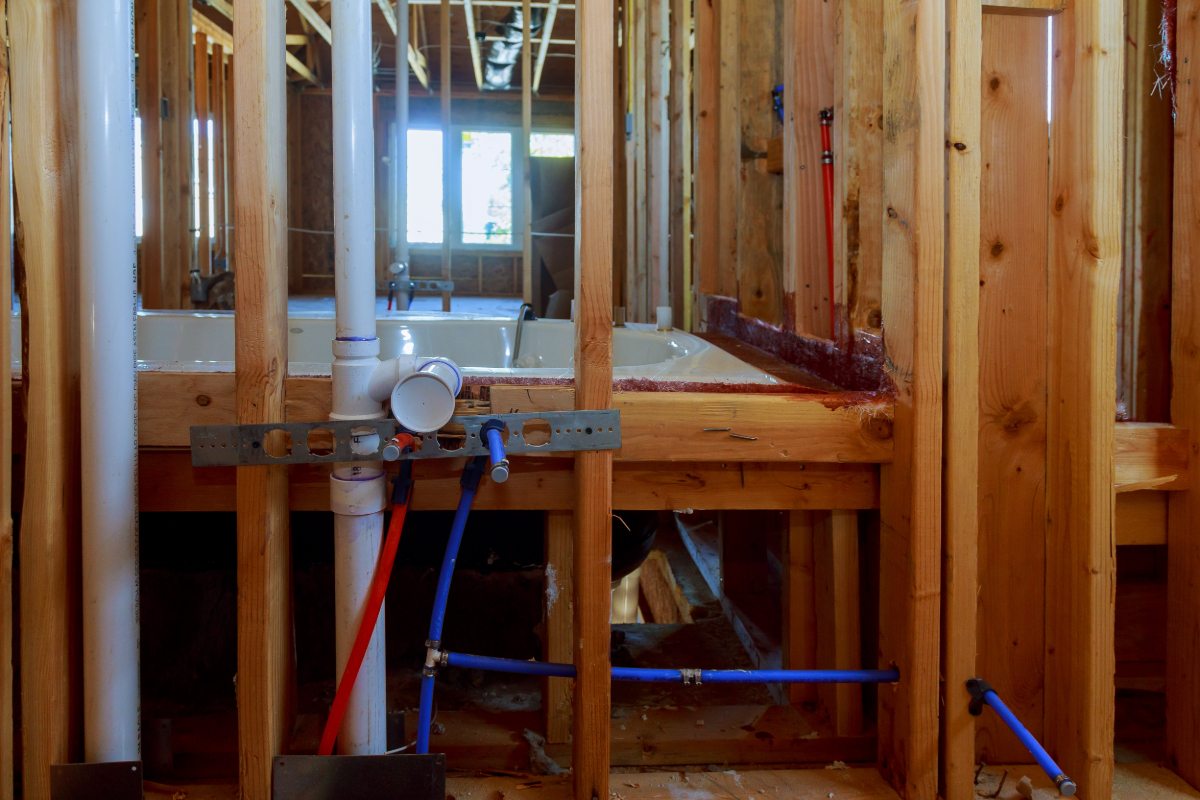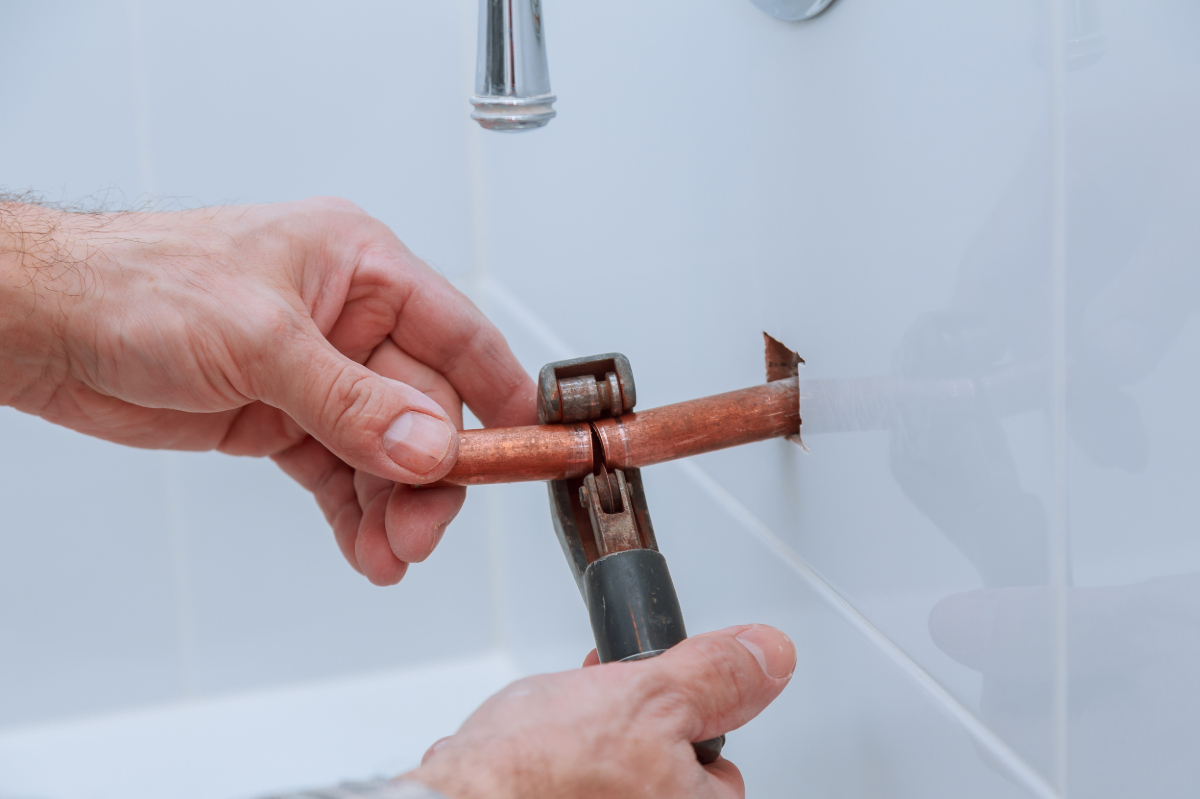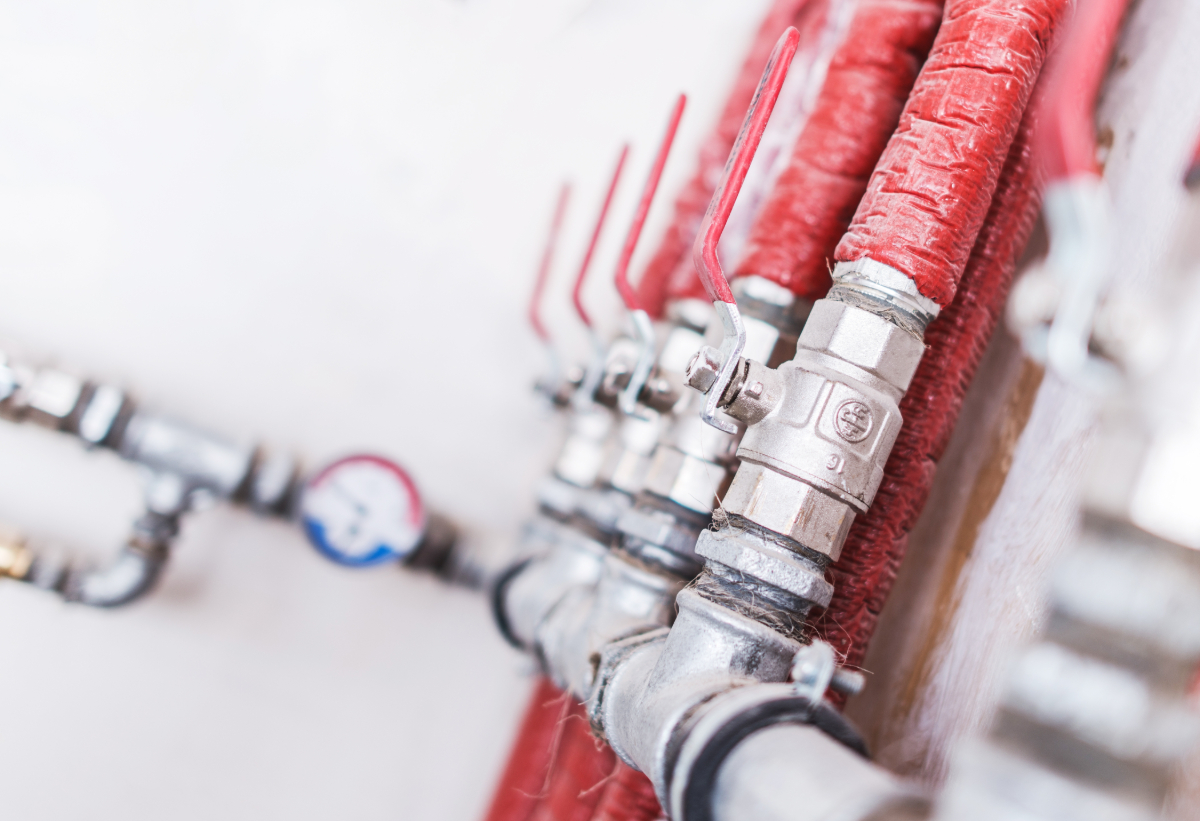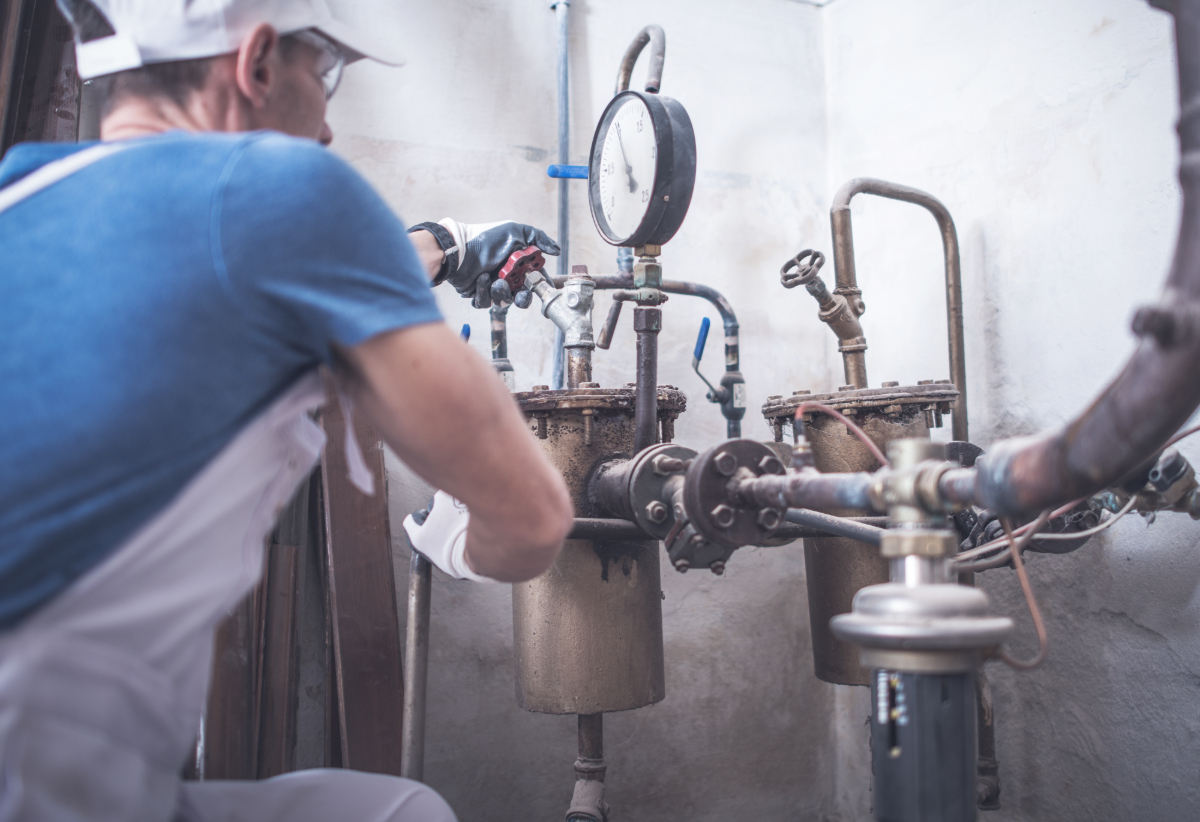
6 Tips For Planning Your Plumbing When Building Your Property
What are the tips for planning your plumbing when building your property?
- Research on local guidelines
- Establish your plumbing needs
- Rely on professionals
- Choose quality plumbing materials
- Install the plumbing in an easily accessible area
- Find solutions for hard water
Before you construct a building — whether it’s for a residential, commercial, or industrial purpose — there are some things you need to consider first. Aside from the structure, architecture, and interior design, you can’t forget the plumbing system. As one of the most important things in your day-to-day use, you have to ensure that all parts are properly installed. Here are some tips for planning plumbing for a new building. Keep on reading!
Research On Local Guidelines
Before you do something, you should first take time to understand the local guidelines on plumbing in your area. This way, you’ll have an idea of what is allowed, what permits you need to secure, and what standards you need to follow. Depending on where you live, the guidelines might vary, so consult your local government unit for assistance.
Securing permits might take time, but know that this is for your good and the people who will become occupants of the building. This also ensures that you can prevent plumbing malfunctions and penalties in the future. After this, you can proceed to the other steps.
Establish Your Plumbing Needs

Make sure that you’re considering both your present and future needs when listing your plumbing needs. For instance, you should keep in mind the different weather conditions that could damage your plumbing installations. If you plan to put more rooms in the future, then make sure that you also factor this into your plan.
Another tip is to watch out for tree growth in your property. If you install drainage and sewer lines near growing trees, the roots might eventually damage your pipes and stop wastewater from flowing freely. To prevent this, you should consider placing physical barriers between pipes and tree roots.
Rely On Professionals
While certain plumbing problems can be fixed with DIY solutions, building a plumbing system from scratch might be more difficult. Without enough knowledge and experience in the field, you might end up with a building full of leaking water in the future. That’s why it’s important to know your limits. When it comes to building your property, you need to invest in the best, so you can avoid difficulties in the future.
Contact a plumbing professional who has experience in construction. Who knows, you might get insider tips on how to do small repairs in the future!
Choose Quality Plumbing Materials

From water supply, heating, and sanitation — your plumbing system will involve things that you’ll need every day, so it’s in your best interest to invest in the best materials suited for your needs. For instance, plastic pipes such as PVC might be DIY friendly, but you can’t use them for hot water or outdoor applications because the pipe might degrade or deform.
On the other hand, steel pipes can withstand both hot and cold applications! For example, in fire sprinkler systems, black iron pipes are preferred because they are more fire-resistant than other materials. Other than that, BI pipes are also used for transporting natural and propane gas.
Install The Plumbing In An Easily Accessible Area
When planning your plumbing system, consider the location where you will install the parts. Make sure that they’re easily accessible but also hidden from plain view. This is why the plumbing is installed in the earlier parts of building construction. This way, you can achieve an aesthetically pleasing but functional property.
By installing the plumbing in easily accessible areas, you can inspect them regularly for damages, perform repairs if needed, and have the parts maintained for long life. For instance, having shut-off valves in the right place allows you to shut off the water easily when there’s a leak.
Find Solutions For Hard Water

Depending on your location, you might have hard water. This means that your water supply has higher levels of certain minerals — such as calcium or magnesium. While hard water is not harmful to your health, it might have negative effects on your plumbing.
Hard water can cause a buildup of film and scale on your faucets, sinks, and showerheads. You can clean these, but you might notice a build-up again in just a few days. But aside from visual issues, hard water can also cause this accumulation to form inside the pipes — which can lead to low water pressure. To avoid this problem, you should consider investing in water softeners.
Key Takeaway
You can follow these tips for planning plumbing for a new building so that you can avoid difficulties in the future. This way, you can maximize the life of your pipes and fixtures, and avoid costly repairs and replacements.
If you’re looking for high-quality steel pipes for your next building project, you can contact us here at Supreme Pipe! With 30 years of experience as a respected steel pipe supplier in the Philippines, you can trust us with your specific needs.


